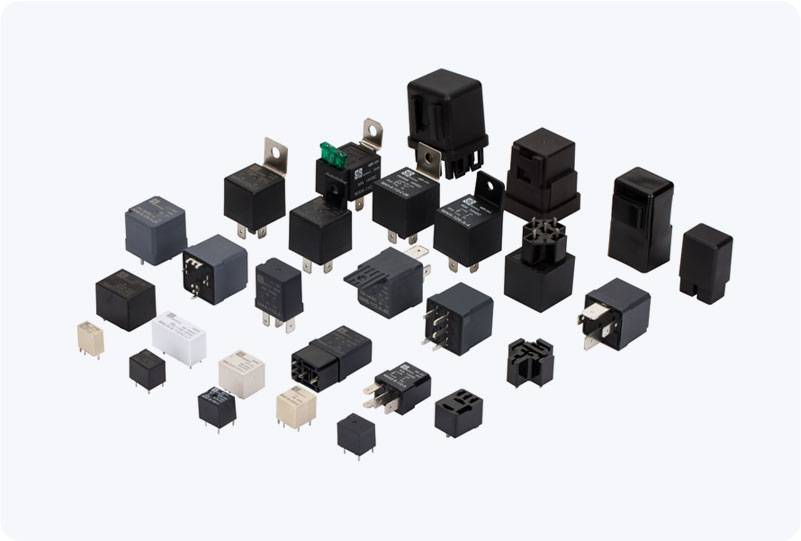The Optocoupler Protected Relay Module is an essential component in modern electronics, particularly for applications that involve controlling high-voltage circuits with low-voltage signals. By combining the functionality of a relay and the electrical isolation provided by an optocoupler, this module provides an effective and safe means of controlling large electrical loads while protecting sensitive control electronics. In this article, we will explore the key features, applications, and benefits of using an optocoupler protected relay module in various electronic systems.

What is an Optocoupler Protected Relay Module? At its core, an Optocoupler Protected Relay Module is a combination of two primary components: an optocoupler (or optoisolator) and a relay. These two elements work together to provide electrical isolation between the control circuit (typically low-voltage, such as a microcontroller or Arduino) and the high-voltage circuit that controls larger electrical devices (like motors, lights, or home appliances). Optocoupler The optocoupler is a semiconductor device that transfers electrical signals between two isolated circuits by using light. The optocoupler ensures that there is no direct electrical connection between the low-voltage control side and the high-voltage load side, effectively preventing the transfer of high-voltage surges, spikes, or interference that could damage the control electronics.